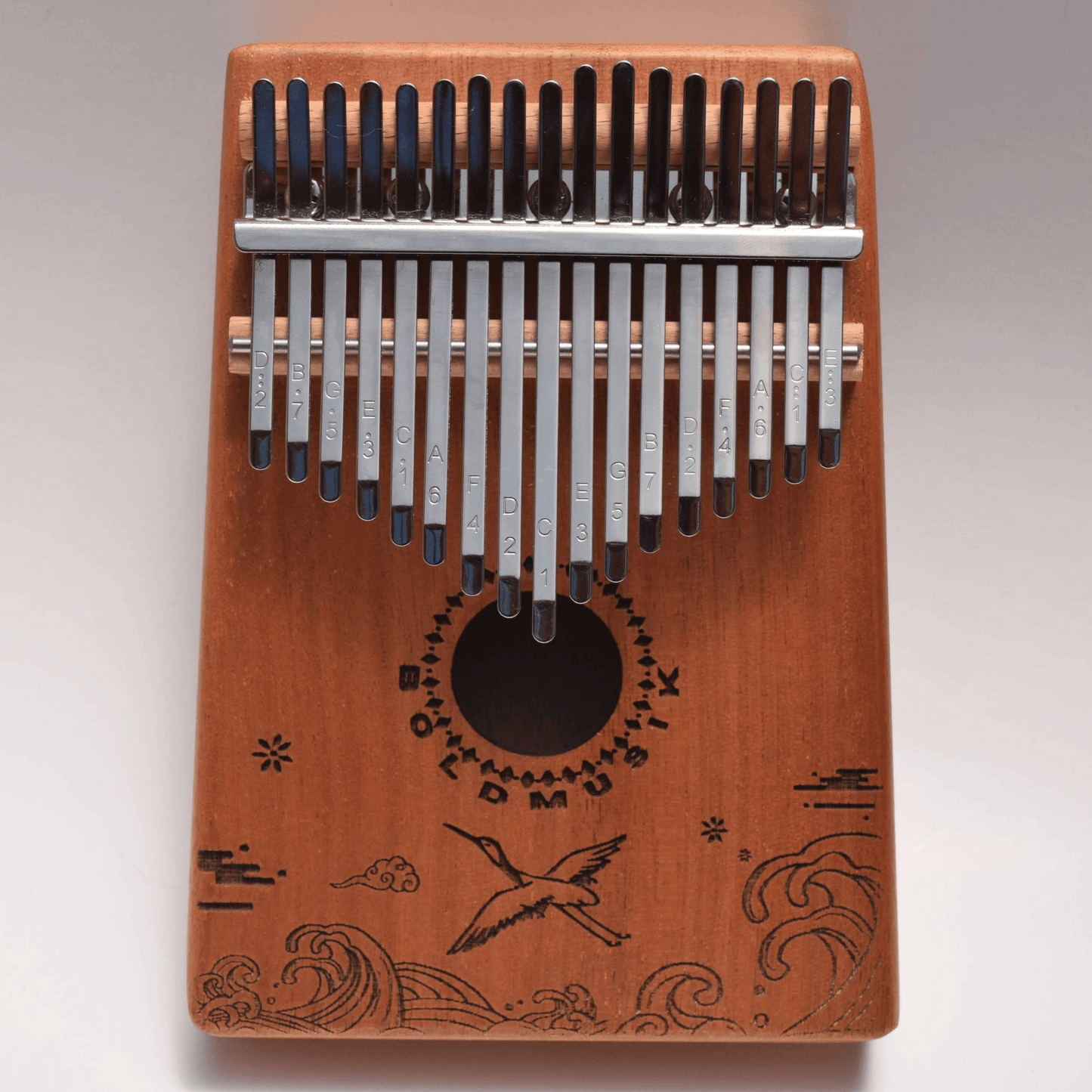Innovation of the Kalimba
Introduction and Background:
I first learned about the kalimba from a girl I met in a native camp held one hour down the river from Manley, Alaska. The girl I met, my bunkmate, brought her kalimba to the camp and would play it every night. She would play breathtaking music every time. What intrigued me the most was the warm sound which made any chords sound like a lullaby. It is also a straightforward instrument to play, which I found to be one night when the girl allowed me to play her "thumb piano". Later for my eighteenth birthday I bought my own kalimba and have been playing it along with my ukulele and piano practice.
The kalimba's evolution primarily involved the transition from purely plant-based materials like bamboo to metal tines, with the most significant innovation being the adaption by ethnomusicologist High Tracey who modified the traditional African 'mbira' to create a more accessible, Western-friendly kalimba, popularizing the instruments globally by standardizing its design and tuning system; this allowed for a wider range of musical styles to be played on the instrument beyond its traditional African usage. The origins of the kalimba stem from an instrument invented about 3,000 years ago in West Africa. Back then the keys were generally made of bamboo. Metal keys started appearing about 1,300 years ago and become quite popular across Africa, particularly for the Shona people in Zimbabwe. It was the Shona people who gave it the name 'mbira'. The mbira comes from the percussion family of Lamellaphones, as a member of the plucked idiophone family. They are commonly used in social gatherings and religious ceremonies. The kalimba is a modernized version of the mbira produced in the 1950s by Englishman, High Tracey, who was fascinated by African culture and music. High Tracey took the kalimba out of Africa. Was made from bamboo, rattan, or palm blades. In Africa, the mbira is an instrument used by grits, and storytellers, to accompany songs and stories. It is also used by mediums to enter mystical trances and communicate with deceased ancestors. It is played at public gatherings such as weddings, ceremonies, rituals, or in an intimate family setting when stories are passed on.
Examples: Different types of kalimba bring different types of sounds. There are acrylic, hollow, and all-wood kalimbas. I would include a video of a wood tines kalimba but I couldn't find one. Here are some examples of the different types of kalimba.
The song played below is the theme song for the 2014 film 'Interstellar' written by Hans Zimmer. It's played off of a hollow kalimba.
Here is an example of all wood. The song below is 'Canon in D' composed by German composer Johann Pachelbel in the late 17th and early 18th century.
There is a difference in the types of kalimba. Here is the last example I will give to you. In this video, it shows all three types of kalimbas. Here is also a link for the video if you want to watch it later.-- https://www.youtube.com/watch?v=u0DEAq-EXO4
Sources:
https://www.youtube.com/watch?v=u0DEAq-EXO4
Fly Me To The Moon, YouTube shorts


Wow! I never realized what a beautiful instrument the kalimba is. I liked your personal experience with the instrument that you shared at the beginning of your post and I think that's so cool that you are able to play it as well. One thing I was curious about after reading your blog post was the range of the kalimba and I found out that kalimbas can have a different amount of keys on them. 17, 21, or 34 and the number of keys you have, of course, effects the range and ability to create musical complexity with the instrument. I didn't realize just how big they could get! Thanks for introducing me to this beautiful, lullaby instrument!
ReplyDeleteWhat a great post! this was the coolest instrument and I loved hearing your connection to it via your story about the camp you attended. I had never heard of this instrument before and found the audio clips super fascinating. One thing I would've loved to have read more about was if the Kalimba is present in any western music that the average person might not notice.
ReplyDeleteGreat post Cynthia!